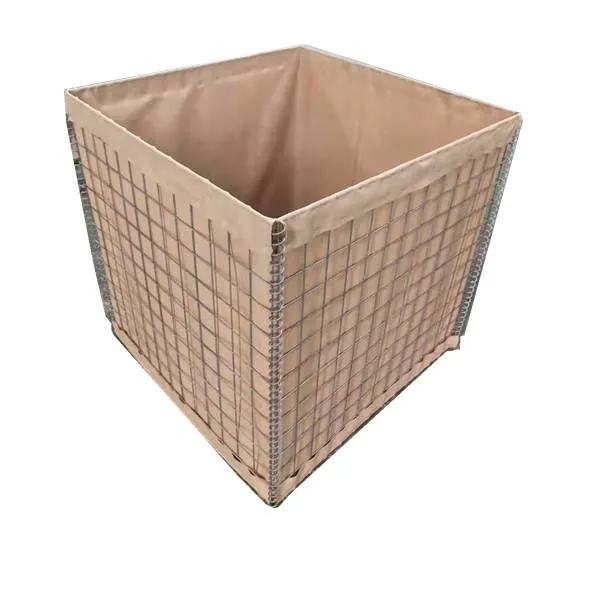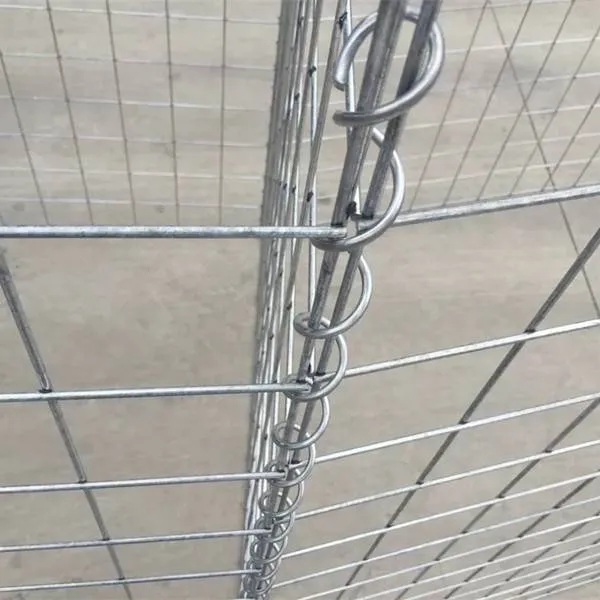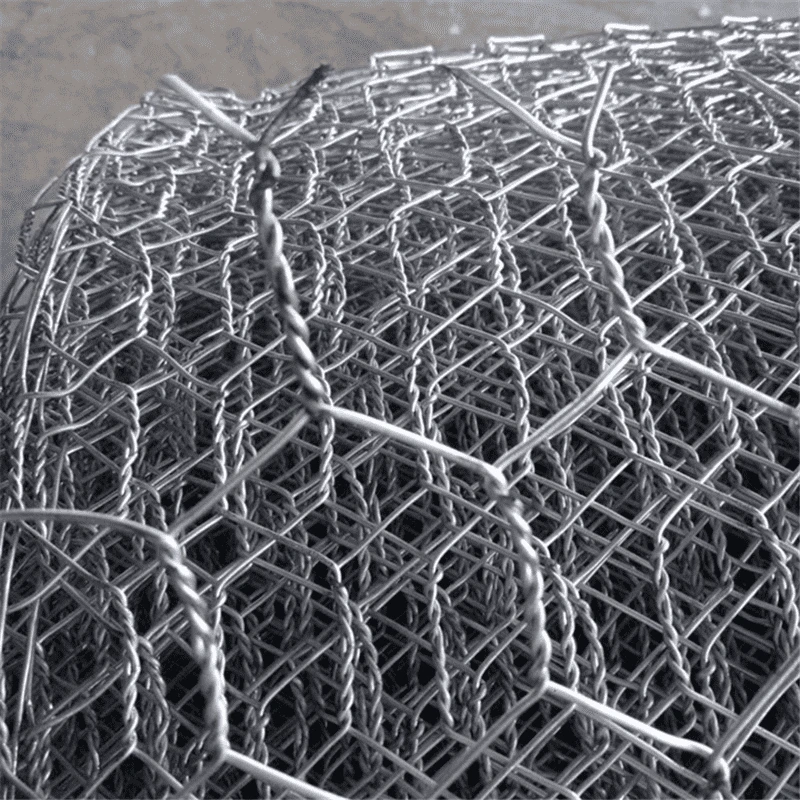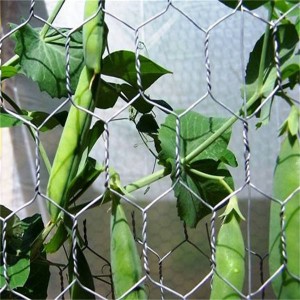drop ceiling tile grid
Proper installation of cross tees is crucial for the overall performance of the suspended ceiling. When installing, it is vital to ensure that the main tees are level and that the cross tees are evenly spaced. Typically, cross tees are installed perpendicular to the main tees and are secured into the clips or sockets provided. For larger spaces, additional support may be required to maintain the stability of the grid system.






